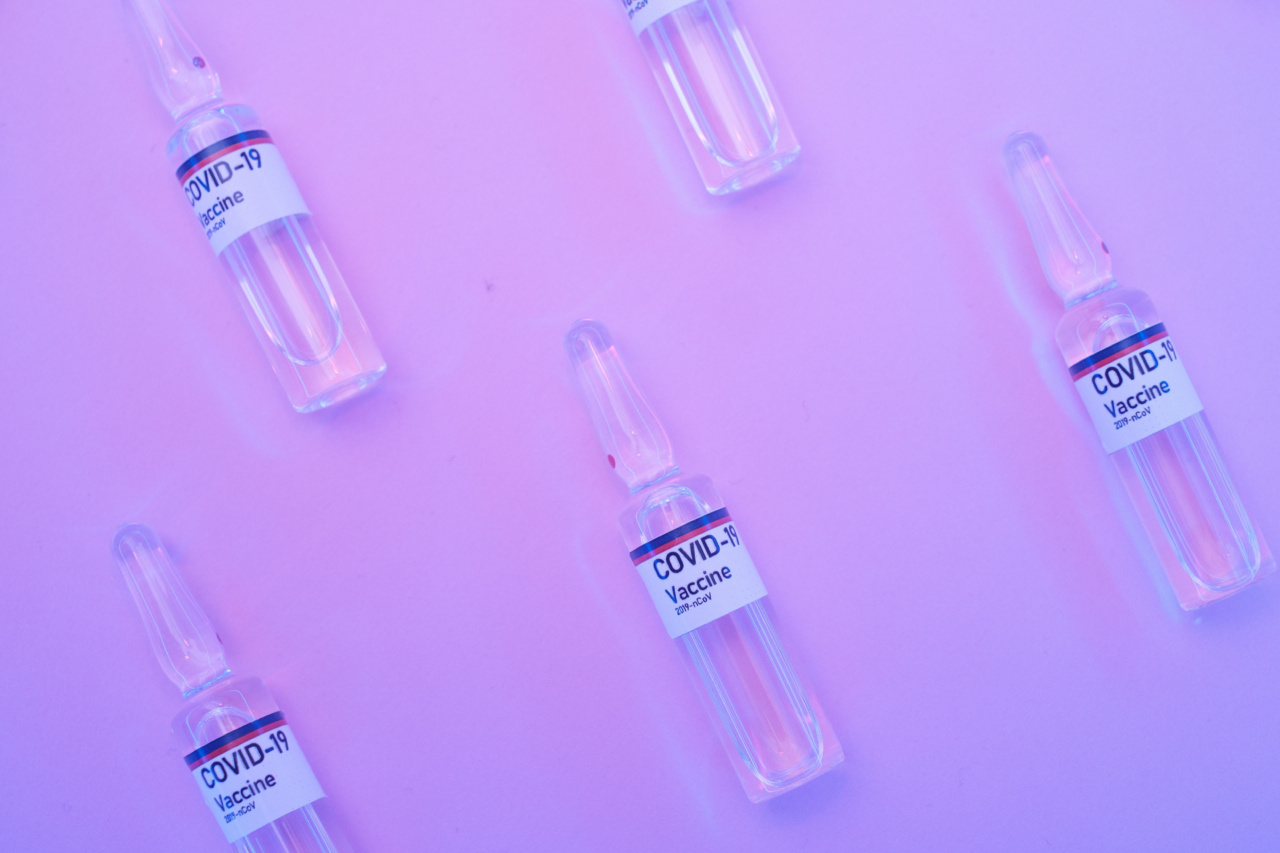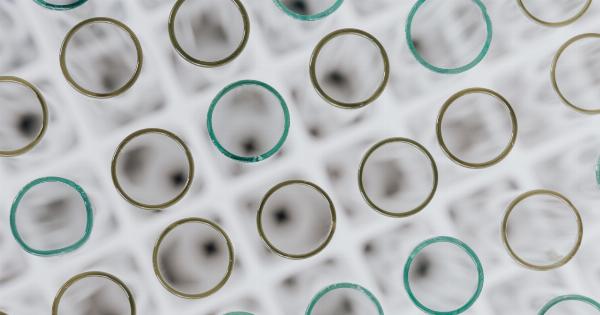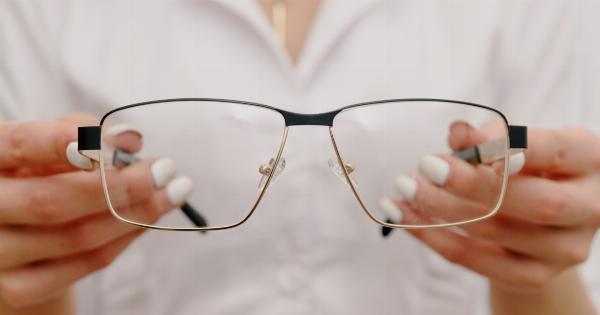Researchers have developed smart contact lenses that can treat eye diseases such as glaucoma and other common eye disorders. They have created these special lenses using technology that can release medicine gradually over a period of time.
The goal of this innovative technology is to provide patients with a more comfortable, efficient, and effective way to manage their eye conditions.
What are Smart Contact Lenses?
Smart contacts are like regular contacts, but they include tiny, sophisticated electronics that can perform many functions. They have the potential to monitor eye health, provide vision correction, and now, dispense medicine as well.
These lenses are made of a hydrogel material that is biocompatible and allows oxygen to flow through the lens to the eye. The electronics are embedded within the lens and use tiny channels to release medicine into the eye over time.
The release can be triggered in several ways, for example, a timer, a remote control or a detectable change in the eye such as pressure or temperature.
Advantages of Smart Contact Lenses
Smart contacts offer several advantages over traditional methods of administering eye medicine. One significant benefit is their ability to provide constant drug delivery, eliminating the need for patients to regularly apply medication.
Patients who suffer from eye diseases, such as glaucoma, often have to apply eye drops multiple times a day, which can be uncomfortable, invasive, and inconvenient. The smart lens offers a far more comfortable, less invasive and more efficient way to deliver medication.
The current methods of administering medicine for eye diseases often require frequent trips to the doctor’s office.
However, when using smart contact lenses, one trip to the optometrist can provide patients with the necessary lenses and corresponding medication. Patients can then administer the medication from the comfort of their own home without having to make any extra trips to the doctor.
Challenges to the Adoption of Smart Contact Lenses
Although smart contact lenses provide numerous potential benefits, researchers and physicians must still address some concerns and challenges.
One issue is the cost of these lenses, which can be expensive to manufacture and make ordinary medication unaffordable for some patients. The treatment using smart lenses is relatively new and is likely to be expensive until universal adoption has made it more affordable.
Additionally, one significant concern is the accuracy of the dosages. The technology used by smart contact lenses must be precise to prevent either overdosing or underdosing of medication.
If the contents of the lens are over or under dispensed, this could cause significant complications, including eye damage or blindness.
Future Applications of Smart Contact Lenses
While smart contact lenses offer a promising treatment for eye diseases, the applications of this technology could be expansive.
Researchers are currently exploring ways smart contacts could monitor blood glucose levels, blood pressure, and hydration levels. These advanced lenses could then use biosensors and receptors to send this data to a device that collects and processes the data. From there, the information could be used by medical professionals to inform treatments and tailored health plans.
In summary, smart contacts provide a streamlined and more comfortable approach to treating eye diseases.
There is still work to be done in addressing concerns about dosages and affordability, but researchers are excited about the future applications of this technology.






























